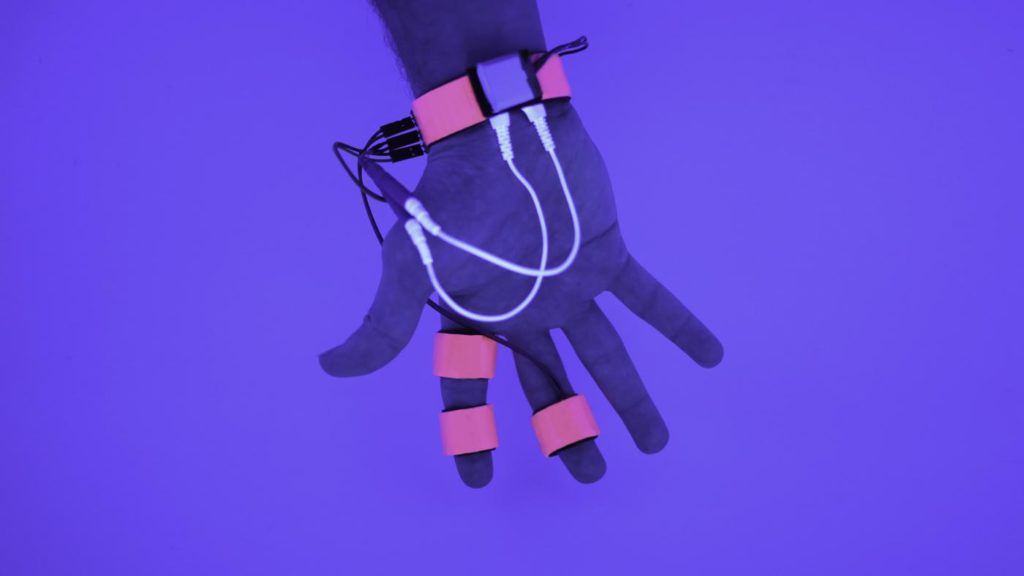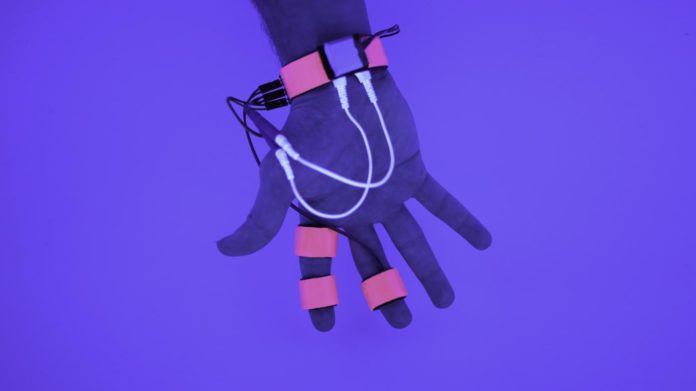
Image Credit: Oscar Rosello
Although we spent a third of our lives sleeping, technology is still making its move to interfere with our sleep or dreams. But now ‘dream controlling’ is becoming a science, where it tries to engineer information obtained during sleeping. Although this sounds like science fiction, neuroscientists from MIT have already developed a device with such a technology. They named it the ‘Dormio’.
According to the study published in the journal Consciousness and cognition, the experimental device they developed with this technology is capable of manipulating the content of dreams while the person is sleeping. The device makes the person recall certain cues which pave the way to targeted dreams. The process is called ‘The Targeted Dream Incubation (TDI).
Dormio, the wearable wrist device is capable of enabling TDI, while a person experiences the first stage of sleep, Hypnagogia, the area of both sleep and consciousness. When someone’s mind is in the hypnagogic state, the mind is flexible, varying or easy to manipulate. It is a state where the mind wanders or making it immersive.
Hypnagogia creates dream-like sensations in the REM cycle. People usually have intense dreams during this short REM cycle. But the hypnagogic-bound fluid dreams are different as the person is in a transition of consciousness and sleep. This gives a better working window for targeted dreaming.
The process TDI is said to be similar to, ‘Targeted memory reactivation’ (TMR), where a specific memory is triggered by a cue delivered while sleeping. In the experiment, they made the participants to sleep wearing Dormio in their wrist while specific audio cues were played through an app. 49 of the participants received an audio cue of, “Remember to think of a tree”. Then Dormio searched for physiological changes to see if the person was asleep and if so it woke them up briefly, making them to say what was going through their mind while sleeping. And these ‘Verbal notes’ were recorded back in the app. Then they went back to sleep. With a short period of dreaming, awakening and recording was set to happen repeatedly, theoretically keeping their mind in a hypnagogic state.
According to the researchers, “The aim of the current study is to assess the ability of Dormio to identify the sleep onset period and successfully manipulate the content of hypnagogic dream report through pre-sleep verbal prompts.”
Although still a prototype, Dormio has proved to be successful, on influencing dream contents and on documenting them. 67% of the dream reports stated the participants did dream of a tree as per the verbal instructions given while they were in the hypnagogic state compared with the control group who received no such instructions.
The researchers believe their Dream incubation protocol, Dormio not only influence dreams, but can also be used for learning techniques in sleep-based memory consolidation. Or this can be a tool to assist creativity and problem solving by making people recall of what they dreamt in the fluid hypnagogic state. Salvador Dalí is one such artist who was believed to be using his hypnagogic dreams to create world-class paintings.

